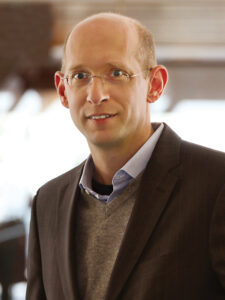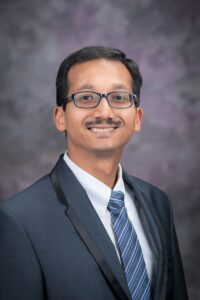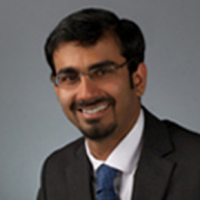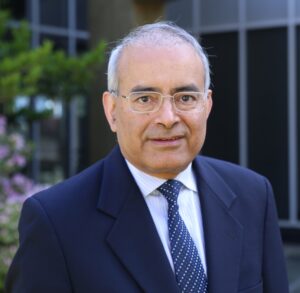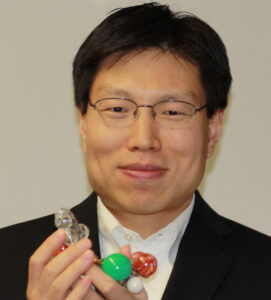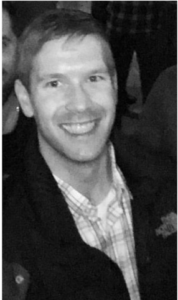 http://s.uconn.edu/meseminar2/25/22
http://s.uconn.edu/meseminar2/25/22
Abstract: Energy conversion and propulsion systems operating with a lean, premixed mode of combustion are advantageous in terms of both emissions and economics. This is because fully premixing fuel and oxidizer prior to combustion can reduce harmful exhaust levels, while operating fuel lean ensures complete fuel consumption, providing superior fuel economy. In fact, it is often preferred to operate a system as lean as possible; however, there is a limit to how little fuel must be added to a system to facilitate self-sustained combustion. This limit is termed lean blow off (LBO). One mechanism for avoiding LBO is to generate a recirculating flow, which provides 1) a low-velocity region for flames to reside in, and 2) a constant ignition source for the injected reactants. Flow obstructions, like bluff bodies, are often used to produce such recirculating flows. While the LBO limits of premixed bluff-body stabilized flames have been extensively explored, such studies have primarily considered flames operating at atmospheric pressures. Yet, most combustion systems operate at elevated pressures. Thus, there is a need to assess the influence of elevated pressure on the LBO limits of turbulent premixed bluff-body stabilized flames.
This work addresses that need by measuring the LBO limits of such flames while they were operated within an optically accessible pressure chamber. In this study, the operating pressures and bulk flow velocities (U) ranged between 1 and 3 bar and 5 and 50 m/s, respectively. Key observations included the discovery of two stability regimes: one at atmospheric conditions and those with elevated pressure and U < 20 m/s (regime-a), and another at elevated pressures with U < 20 m/s (regime-b). Flames in regime-a were found to be more stable (i.e., their LBO limits occurred at lower fuel-to-air ratios) than those in regime-b. Yet, within both regimes, the LBO limits were found to be insensitive to operating pressure. To elucidate the reason for these observations, advanced laser-based diagnostics were implemented to probe the flames’ structure and to visualize the turbulent flow fields interacting with them. Ultimately, such results provide a phenomenological explanation for the observed behaviors and highlight the fact that explanations and scaling laws derived from measurements at atmospheric conditions cannot always be extrapolated to those at elevated pressures.
Biographical Sketch: Aaron Skiba is an Aerospace Research Engineer in the Combustion Branch of the Turbine Division at the Air Force Research Laboratory (AFRL) in Dayton, Ohio. His current research efforts focus on the experimental assessment of combustion processes occurring under conditions relevant to practical propulsion systems. Such efforts include fundamental studies of liquid-fueled flames subjected to large turbulences levels, the optimization of advanced optical diagnostics to enable such studies, and the development of algorithms to facilitate fair comparisons between experimental and numerical results.
Prior to joining AFRL, Aaron was a postdoc at the Naval Research Laboratory (NRL) where his research efforts focused on experimental studies high-speed spray flames. Such studies included high-speed (>50 kHz) droplet imaging measurements to assess atomization and breakup processes, as well as coherent anti-Stokes Raman spectroscopy (CARS) to obtain temperature profiles. Additionally, while at NRL, Aaron utilized rotational Raman scattering of H2 to measure the temperature of the exhaust issuing from a micro-thruster that was operated within a large vacuum chamber.
Before his postdoc at NRL, Aaron served as a Research Associate in Professor Epaminondas Mastorakos’ group in the Department of Engineering at the University of Cambridge. There, he was involved in an array of experimental studies that included: 1) assessing the lean blow-off (LBO) limits of turbulent premixed bluff-body stabilized flames with either complex fuels at atmospheric conditions or with simple fuels at elevated pressures; 2) exploring the dynamics of ignition and LBO of premixed flames in a full annular combustor; and 3) employing laser-based imaging techniques to elucidate the effects that turbulence, fuel-type, and dilution levels have on the production and oxidization of soot within model aero-engines.
Aaron received his Bachelors, Masters, and Ph.D. degrees from the Department of Aerospace Engineering at the University of Michigan. During his Ph.D., which was supervised by Professor James F. Driscoll, Aaron studied the effects extreme turbulence levels have on the structure and dynamics of premixed flames. Furthermore, a significant portion of his dissertation research was carried out in collaboration with Dr. Campbell D. Carter at AFRL. During those collaborations, Aaron assisted Dr. Carter with the application of an array of state-of-the-art, laser-based diagnostics to highly turbulent premixed flames, the most notable of which involved the simultaneous acquisition of stereo-PIV data with PLIF images of CH2O and OH at a rate of 20 kHz.
Overall, Aaron’s interests lie in optimizing and utilizing advanced laser-based and imaging diagnostics to understand the fundamental physics of flow-chemistry interactions. Ultimately, this understanding will facilitate the development of accurate yet computationally tractable models for predicting the dynamics of turbulent reacting flows.

